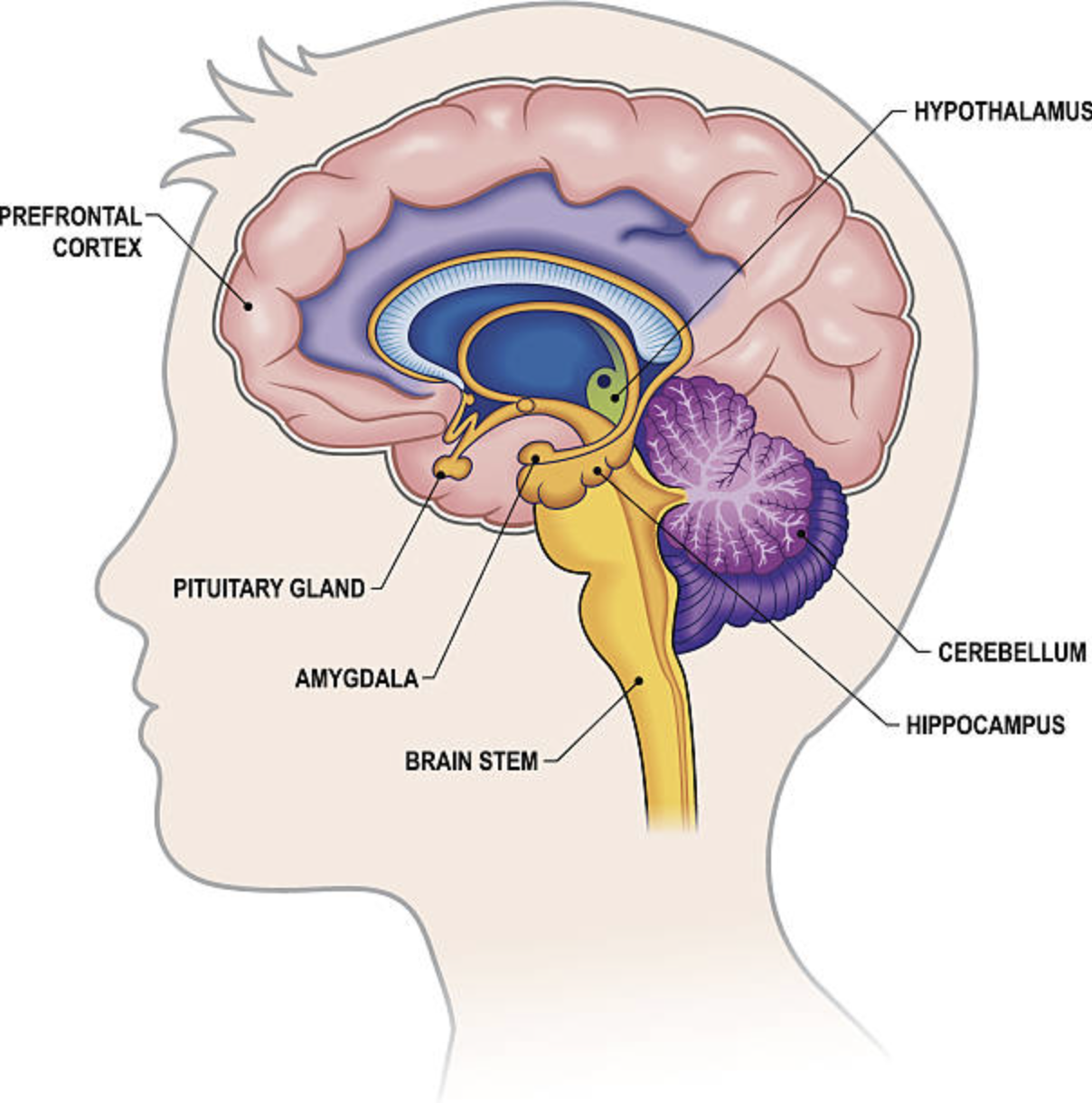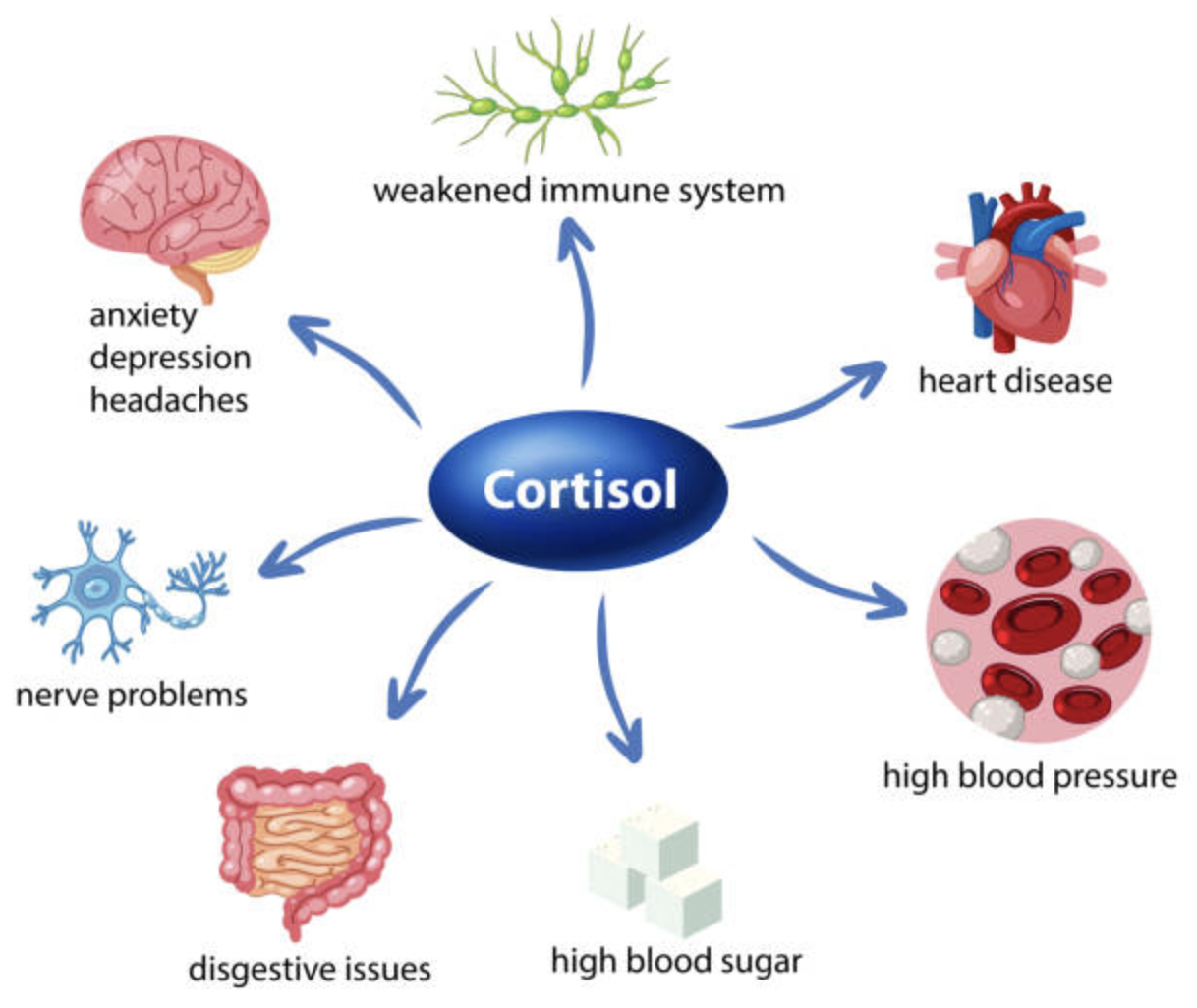
Even though life pre-2020 feels like a completely different era, we once lived most of our lives in-person: school, extracurriculars, and social activities. Initially, I celebrated having online classes for a while, but as the months of quarantining dragged on, I realized there was a new challenge: how can we maintain communication while social distancing? Adults in the United States participated in a survey that reported higher usage of most online communication, such as texting, video calls, social media, and online gaming. Over 20% of people saying their usage of these increased over the pandemic. Online communication platforms took a long time to develop and even longer for people to adjust to; however, they weren’t a perfect replacement for in-person communication, and they began to show mental health and developmental issues.
People had a difficult time adjusting to life in quarantine despite having resources to stay connected. Each age group faced a different set of challenges. They had developed physiological hindrances that prevented them from using the technology as intended. As humans get older, their skin becomes thicker and drier. Touchscreen technology, like phones and tablets, rely on the electrical charge of our skin to detect where we are touching the screen. Warmth and moisture help the charge be detected better; however with thicker, and drier skin, detecting the charge becomes harder and makes the touch screen less responsive. As a result, elderly people had a more challenging time interacting with most virtual communication, which led to feelings of isolation.

Adolescents faced a different set of challenges during this time. While they had a lot of access to social media, they didn’t have access to in-person socialization, which is critical during this age. During this period, adolescents go through a mental shift. Parts of their brains are still developing, especially the social brain. The social brain is an interaction between multiple parts of the brain, especially the amygdala. People with a larger amygdala tended to have larger social networks. The social brain helps us to understand others. For proper development of this part of the brain, we need proper stimuli, namely human interactions, especially positive ones. While genetics does play a role in the development of the social brain, considering newborns have all the physical structures of the brain that interact to form the social brain, social interactions between childhood and adolescence help develop connections between the various parts of the social brain. With minimal social interactions over a long period of time, children and adolescents tended to have smaller amygdalas and fewer connections between the other parts of the social brain. During this time, adolescents are also learning how to process their emotions and filter their thoughts. Being exposed to peers during this time helps adolescents form a more well-informed perspective on the world and helps them learn how to form better connections with the people around them. While access to social media does assist in reducing the amount of isolation adolescents face, they still feel a sense of loneliness without regular in-person socialization. Adolescents are especially sensitive to mental illnesses and positive human interaction helps protect against the symptoms. The lack of human interaction during the pandemic left adolescents more vulnerable to mental illnesses.

Younger children, up to age 10, are extremely reliant on human interaction. During the pandemic, elementary school-aged children had to attend school online, which took away their primary form of interaction with people outside of their households, particularly kids close to their age. When children can’t interact with other people, it drastically impedes their development. Since they interact less with others, they aren’t exposed to as much of a variety of vocabulary as they would if they were in person. As a result, they weren’t as vocally expressive and couldn’t comprehend languages as well. In addition to mental consequences, there are also physical consequences for children in isolation. When with their peers, kids are very active and get a lot of exercise through recess or playdates. However, when they are isolated, they tend to be more sedentary, increasing their BMI. The higher BMI is also a result of higher levels of cortisol. Cortisol is known as the stress hormone, and elevated levels of this hormone in the brain are linked to delays in cognitive development as well as poorer performance on memory and visual perception tests. When children are isolated, there are many adverse effects it can have, both immediately and in the long run.
Even after the pandemic ended, some issues still persist and made it more challenging to communicate with one another. Humans rely on facial expressions to convey emotions, and masks hinder that ability. While major facial expressions might still be detectable through masks, microexpressions are much harder to discern. Microexpressions last for about 1/30 of a second and typically can indicate hidden emotions. Being able to read microexpressions assists in communication among humans. It helps us to detect lies and set the tone for a conversation. Masks impede everyone, but especially for those with preexisting disabilities, such as deafness. People who are deaf or hard of hearing may rely on lipreading to communicate with others, however with the presence of masks, lip-reading becomes impossible. Those who are deaf or hard of hearing felt more disconnected from everyone else, as they were unable to communicate as effectively. With a mask covering the majority of our faces, it becomes much harder to communicate effectively even when we can finally be in person.
The pandemic was an unprecedented time of social isolation, and while we as a society tried to adapt to the lack of communication, online platforms were not enough of a substitute for in-person communication. Different age groups had different sets of challenges to face. The elderly had a difficult time accessing the technology needed to maintain proper communication. Adolescents and children lack social interactions during a period when their brains are still developing. As a result, they struggled with cognitive and social development issues. The lack of communication had varying adverse effects on different age groups and even now that we are more or less returning to normal, it still has long-lasting effects.
